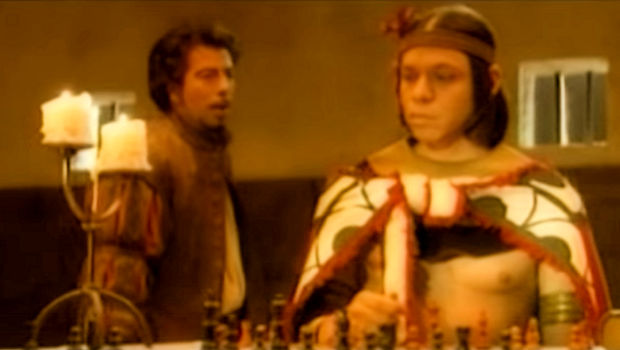
The chequered origins of chess in Peru: the Inca emperor turned pawn
The first native South American to learn and master the game of chess was the Inca Atahualpa — taught by his Spanish executioners.
As you’ll recall, after being taken hostage in one of history’s most brazen ambushes, the Inca ruler offered his kidnappers “a room filled with gold as high as their arms could reach” in exchange for his life.
Over the months, as tons of the precious metal was ripped from temple walls and shrines across the four corners of the empire and melted down, Atahualpa was allowed to reestablish his court in prison, as long as he ordered his people to accept Spanish rule. Once the treasure was delivered, he was garroted to death.
Atahualpa’s match of wits over the chess board with his Spanish captors was poignantly portrayed as fable in the 2005 short film “Atahualpa,” directed by Jimmy Entraigües and Ivan Garcia.
The most famous account of Atahualpa’s education of the game comes from Ricardo Palma (1833-1919), the 19th century Peruvian author and scholar.
Palma took advantage of his position as director of Peru’s National Library to develop a literary genre known as “tradiciones,” short stories mixing history, fiction and hearsay to chronicle life in Peru across several centuries:
You Might Also Like: Family vacations in Peru 11 days 10 Nights
The Inca Chess Master
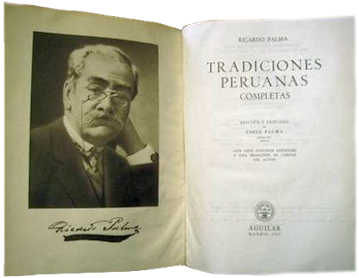
Tradition has it that the captains Hernando de Soto, Juan de Rada, Francisco de Chavez, Blas de Atienza, and the treasurer Riquelme gathered every afternoon in Cajamarca in the room that served as a prison for the Inca Atahualpa from November 15, 1532, when the emperor was captured, until two days before his unjustifiable execution on August 29, 1533.
In the room, the five men named and three or four others not mentioned in succinct and curious notes (that we had at hand, set down in an old manuscript preserved in the former National Library) had the use of two crudely painted chess boards, set on a wooden chess table.
The pieces were made of the same clay that the natives used for fashioning little idols and other objects of native pottery, which nowadays are dug up in huacas. Until the first years of the Republic the only pieces known in Peru were those made of ivory, sent by Philippine tradesmen for sale here.
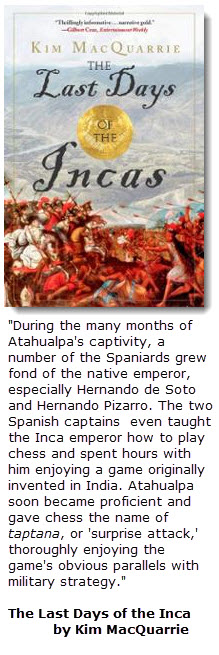
The two Spanish captains even taught the Inca emperor how to play chess and spent hours with him enjoying a game originally invented in India. Atahualpa soon became proficient and gave chess the name of taptana, or ‘surprise attack,’ thoroughly enjoying the game’s obvious parallels with military strategy.”
The mind of the Inca must have been deeply preoccupied during the first two or three months of his captivity, for even though he seated himself every afternoon alongside Hernando de Soto, his friend and protector, he gave no sign of having realized how the pieces moved or how fortunes changed during a game.
But one afternoon, in the final moves of a match between Soto and Riquelme, Hernando made a move toward putting the knight into play, and the Inca, touching him lightly on the arm, said to him in a low voice:
“No, captain, no… the rook!”
Everyone was surprised. After a few brief seconds of reflection, Hernando played the castle, as Atahualpa had advised him, and a few moves later, Riquelme experienced the inevitable checkmate.
After that afternoon, and always giving him the white pieces to play as a sign of respect and courtesy, Captain Hernando de Soto invited the Inca to play just one match with him, and after a couple of months the disciple was already a credit to his teacher, playing as his equal.
The notes that I have mentioned tell how the other Spanish chess players, with the exception of Riquelme, also invited the Inca to play, but he always excused himself for not accepting, telling each of them through the interpreter Felipillo:
“I play very little, and Your Grace plays a great deal!”
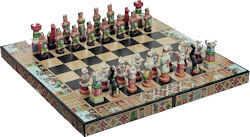
Popular tradition assures us that the Inca would not have been condemned to death had he remained untutored in chess. The people say that Atahualpa paid with his life for the checkmate that Riquelme suffered because of his advice on that memorable afternoon. In the famous council of 24 judges called together by Pizarro, Atahualpa was sentenced to the death penalty by 13 votes for and 2 against. Riquelme was one of the 13 who signed the death sentence.
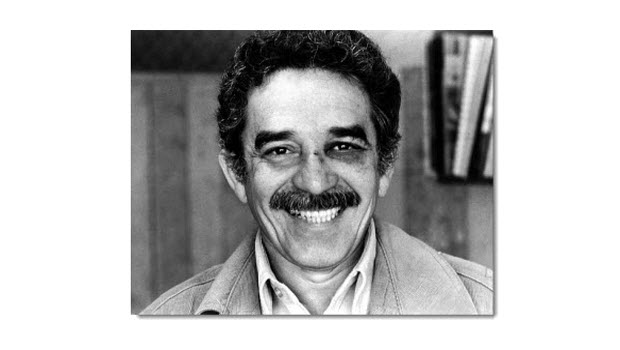 Why did Peru’s most famous writer Mario Vargas Llosa punch his best friend Gabriel Garcia Marquez in the face?
Why did Peru’s most famous writer Mario Vargas Llosa punch his best friend Gabriel Garcia Marquez in the face? 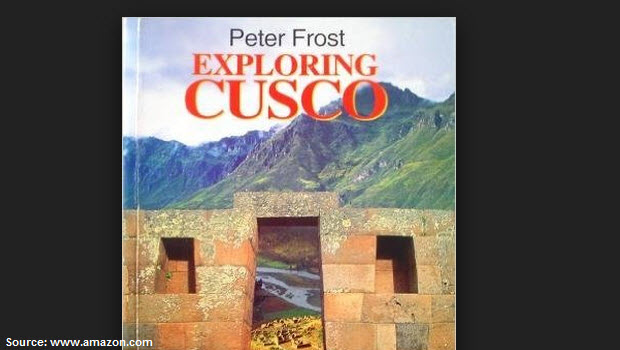 Exploring Cusco – A great introduction to Inca sites
Exploring Cusco – A great introduction to Inca sites  Podcast: Conservationist, Author & Photographer Jim Bartle on his new book ‘Peru in Images’
Podcast: Conservationist, Author & Photographer Jim Bartle on his new book ‘Peru in Images’ 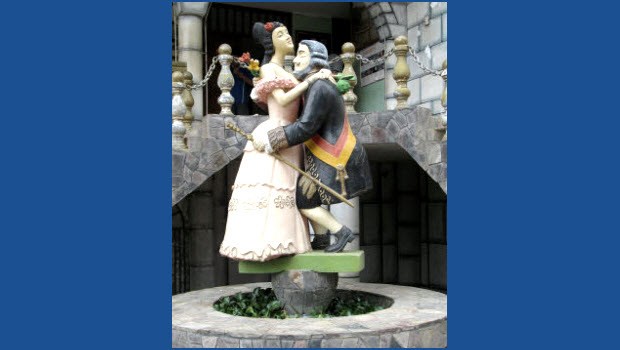 The story of the bewitching Perricholi
The story of the bewitching Perricholi 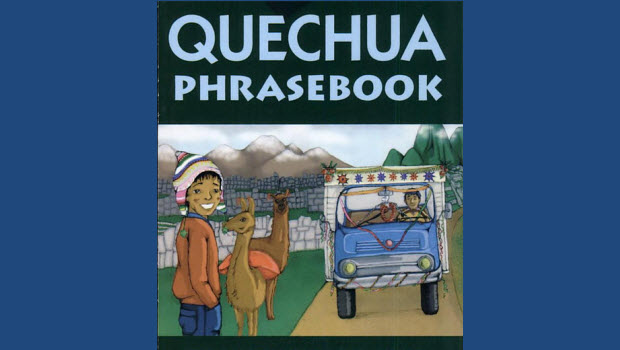 Quechua by the numbers (some travel advice, a book recommendation and a helpful chart)
Quechua by the numbers (some travel advice, a book recommendation and a helpful chart)  Thank you MarÃa Rostworowski on your birthday for a lifetime of work bringing Peruvian history to life
Thank you MarÃa Rostworowski on your birthday for a lifetime of work bringing Peruvian history to life 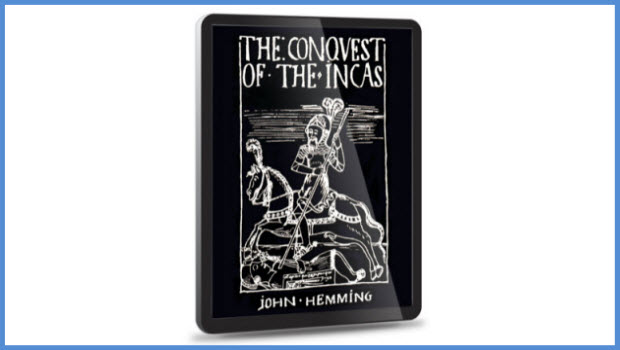 Updated e-book version of Hemming’s Conquest of the Inca now available
Updated e-book version of Hemming’s Conquest of the Inca now available 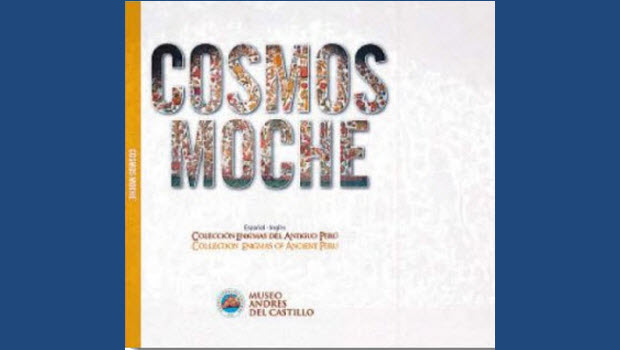 The Moche cosmo vision explored in new book / CD
The Moche cosmo vision explored in new book / CD
I loved reading about the chess in Peru, it is something i am interested in, not just the idea of the game (which i am very rusty at now) but more in the history.
We have in our house a chess table, not really certain of the full history, my great, great grandfather was an engineer on the Peruvian railway, he played chess to pass away his spare time, to cut a long story short, my mother inherited his chess table, from Peru.
I was wondering if i sent you some pictures if you would have any idea on its history
Thank you in advance
Hello Paul,
We’re not experts, but sure! Send us photos and I will ask at the antique shops in Miraflores and let you know what they tell me. I’ll send a secure upload link to your email address.
Best regards,
Rick